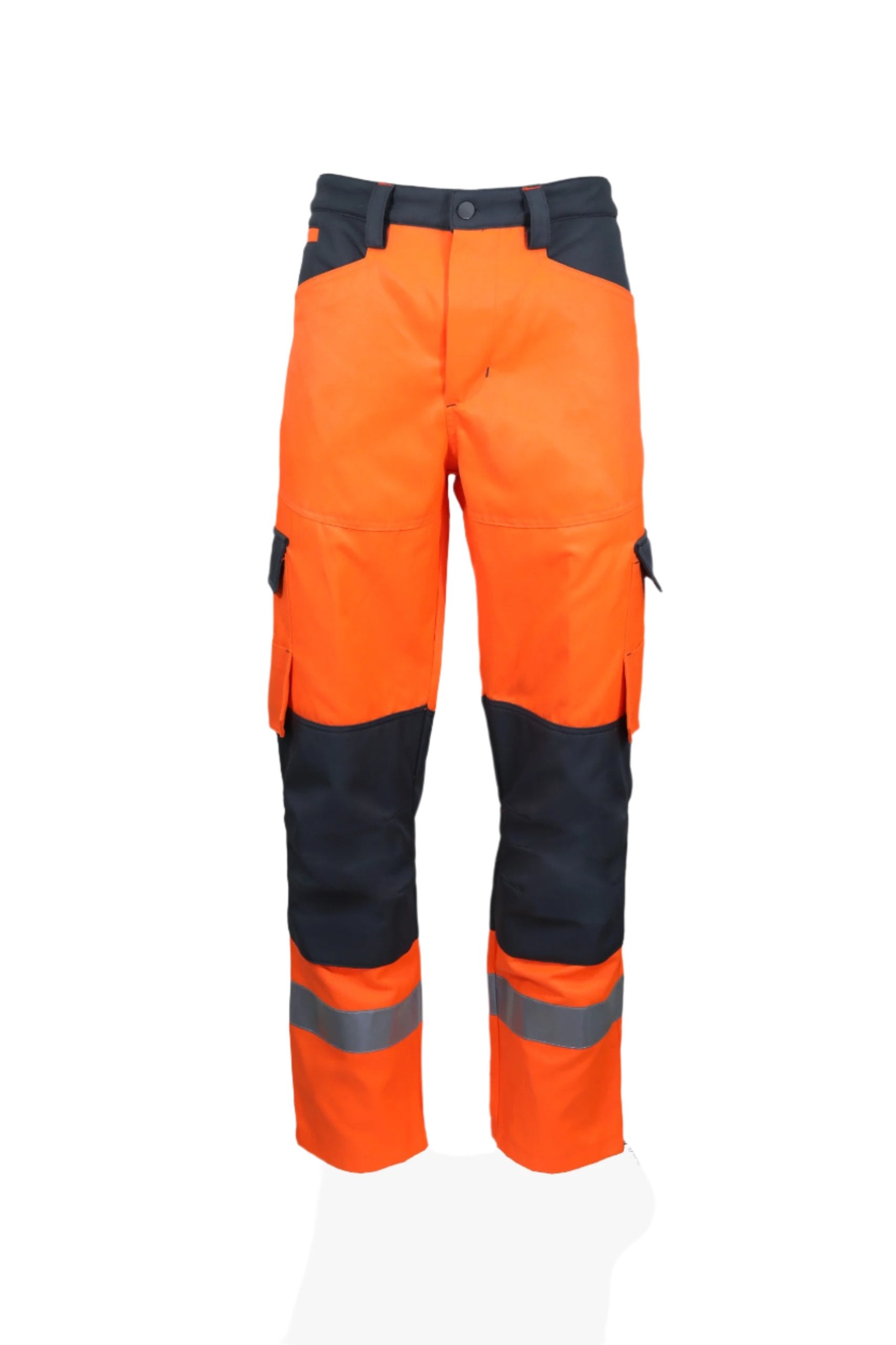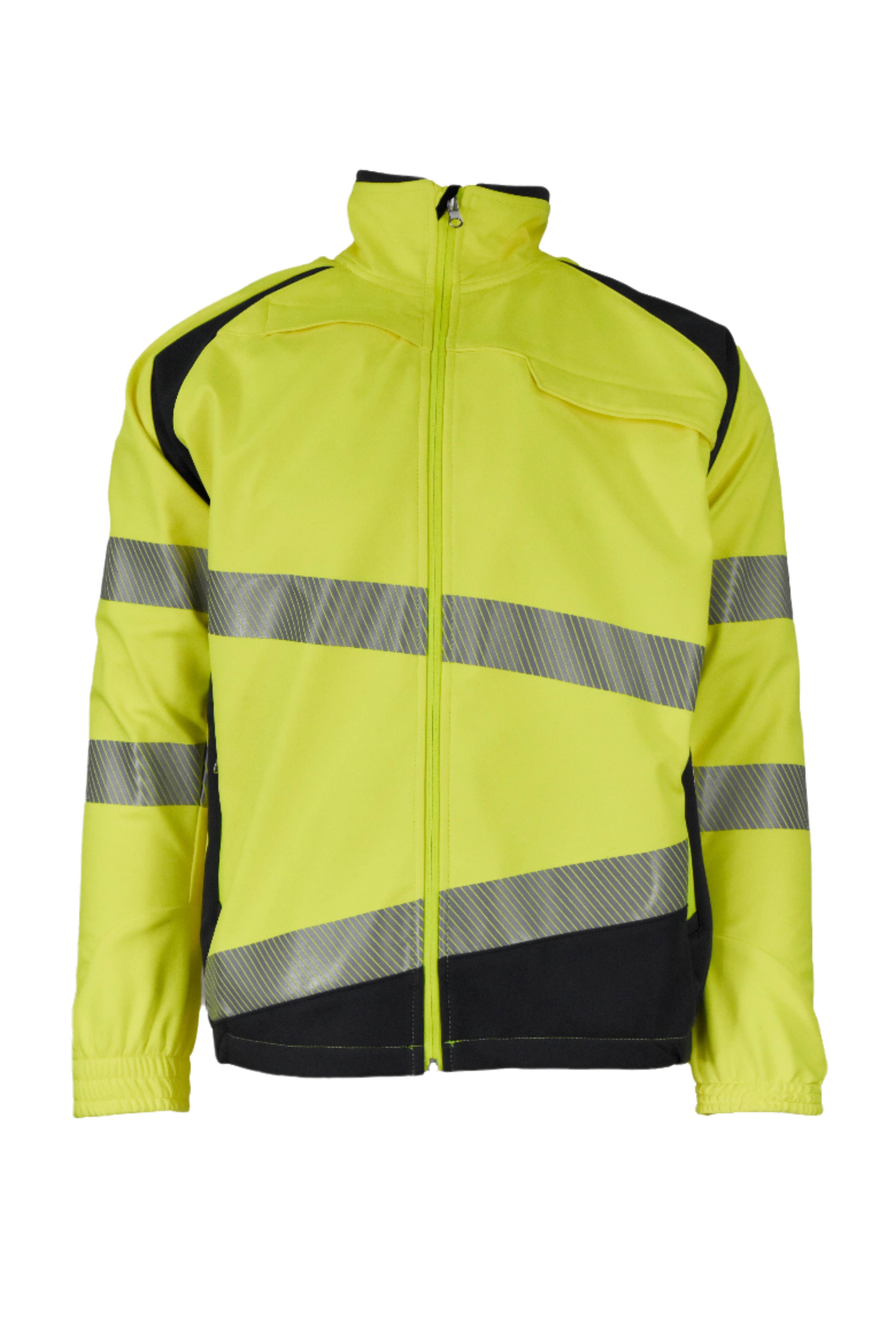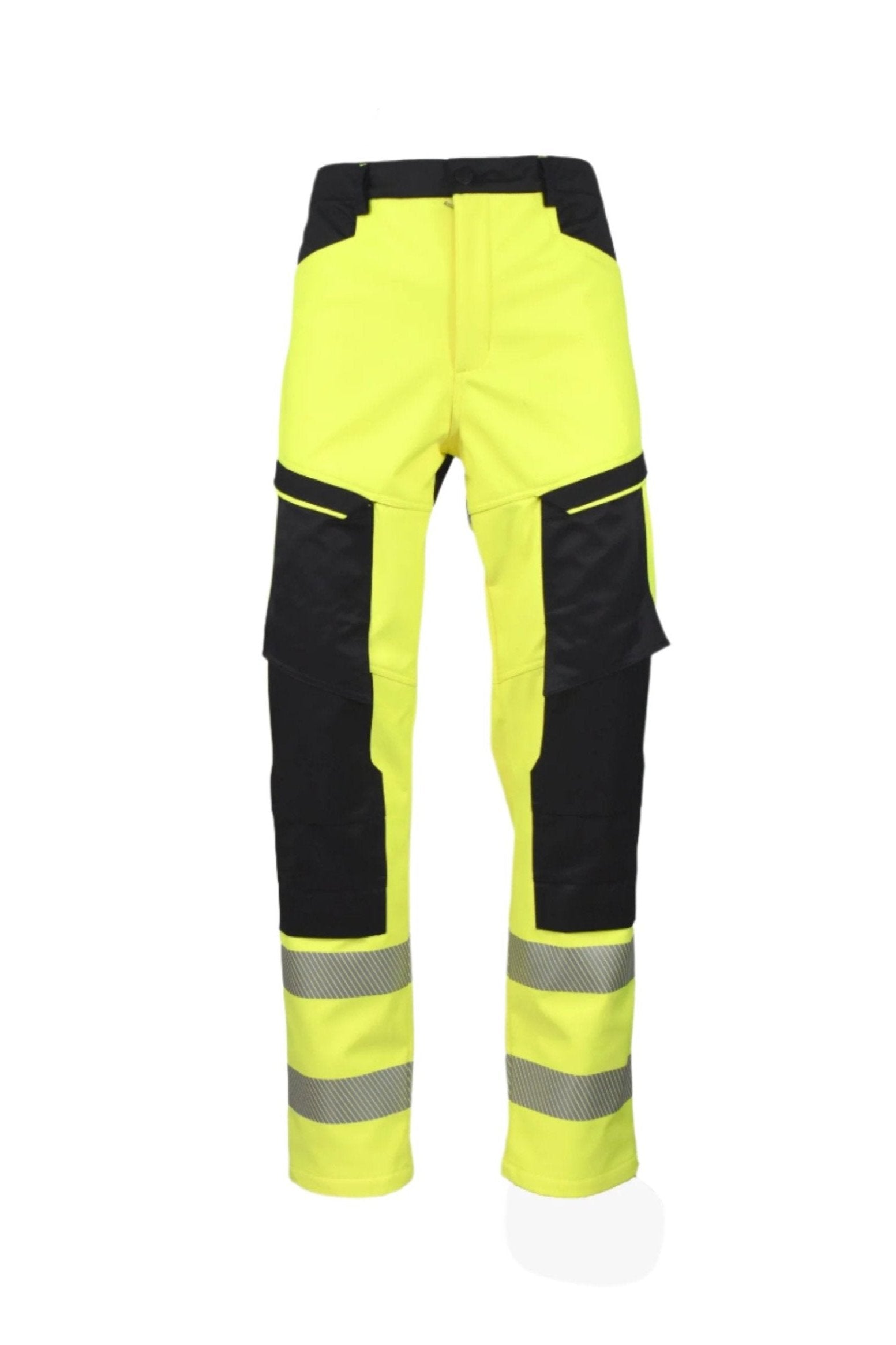Protective Clothing in 2025: Trends and Innovations by Preventex
In a constantly evolving world, worker safety remains a top priority. In 2025, protective clothing continues to evolve to meet the new challenges of professional environments. At Preventex , we are committed to offering innovative solutions that meet the highest standards, while ensuring comfort and durability.
1. Innovation in the Service of Security
New technologies are transforming the personal protective equipment (PPE) sector. In 2025, several trends will shape the industry:
-
Smart textiles : Fabrics that can react to temperature, wick away moisture, or detect hazardous substances.
-
Lighter and more resistant materials : Revolutionary fibers providing increased protection against thermal, chemical and mechanical risks.
-
Retro-reflectivity and signage : Equipment offering better visibility in risk areas, thanks to new generation reflective strips.
2. Compliance and Standards: A Reinforced Requirement
Safety standards are constantly evolving to ensure optimal protection. By 2025, protective clothing must meet strict regulations, including:
-
ISO 11612 : Protection against heat and flames.
-
ISO 20471 : High visibility for hazardous environments.
-
EN 13034 : Protection against liquid chemicals.
-
EN 1149 : Protection against electrostatic hazards.
Preventex ensures that all its products meet these standards to guarantee the safety of professionals.
3. Ergonomics and Comfort: A Priority
Good protective clothing should not only protect, it should also provide optimal comfort to improve worker productivity. Our ranges, such as VOLCANO , ORACLE and SPARKS , incorporate ergonomic innovations such as:
-
Fitted and flexible cuts that facilitate movement.
-
Breathable linings to reduce perspiration and improve comfort.
-
Optimized closures and reinforcements for greater durability.
4. Ecological Commitment in PPE
The professional textile industry is taking an eco-responsible turn. Preventex is part of this dynamic by offering:
-
Recycled and sustainable materials to reduce carbon footprint.
-
Non-toxic treatments to ensure the safety of workers and the environment.
-
Optimized production to minimize waste and promote responsible consumption.
Conclusion
In 2025, protective clothing is no longer just about safety; it also incorporates comfort, technology, and durability. At Preventex , we pride ourselves on supporting professionals with cutting-edge solutions that meet the most stringent market requirements.
To discover our latest collections and request a personalized quote, visit our website: www.preventex.ma












